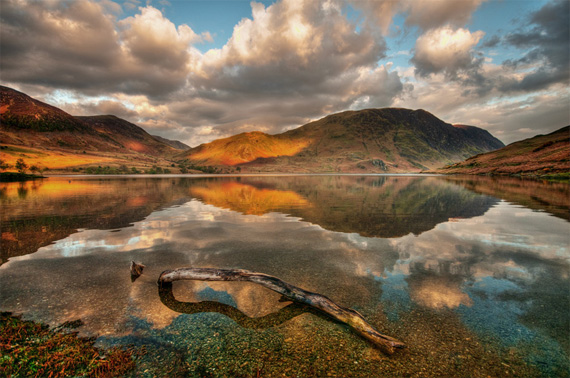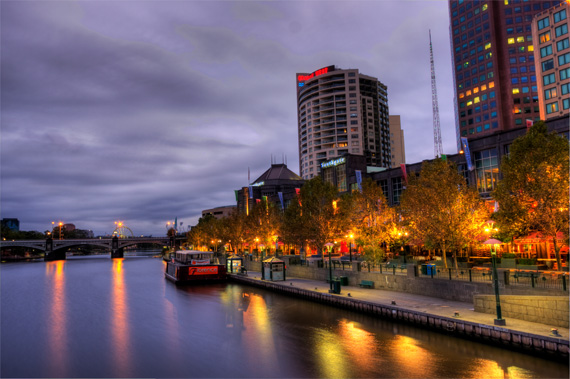The 5th article which I would like to share with you.

I love RAW because of the dynamic changes you can do on either Lightroom or Photoshop. Remember, RAW files are relatively big, so it is important to have a huge storage. Either you throw your RAW files away or keep it, that's your choice.
RAW file are readable on Ps and lightroom, which, both of them are my favourite tools when come to enhancing of photo.
How about CaptureOne?
It seem almost the same comparing to Ps and LR. What the C1Pro can do before, is what they can do now. Of course, C1Pro is great when you intend to do tether shoot.
If you decided to enhance the photo later on, do remember to save your file as .TIFF and not .jpeg. TIFF allow you to do more and it is lossless while Jpeg, is a lossy and been compressed. Fret not, if you done that so.
Nowadays, you can import Jpeg as it is RAW.
But, whether if there is any loss in quality, sorry, I am not the guru here to explain in details. But I am sure, it might be.I might be wrong.
Take .mp3 of 128kbps to DAW and convert out to .wav. The bitrate is already downgraded... as so to say...
Take .mp3 of 128kbps to DAW and convert out to .wav. The bitrate is already downgraded... as so to say...
Many new cameras now offer the option to save captured photos in the RAW file format. RAW capture brings with it an extra processing step. This step requires converting the RAW image data to a format that is more easily edited with programs such as Photoshop and Photoshop Elements. What you need to explore is the impact that shooting RAW has on digital-only camera characteristics. First, look at the RAW format a little more closely.
shooting raw photography
Photo captured by Tareq AlObaid (Click Image to See More From Tareq AlObaid)
What exactly is in a RAW file?
It is helpful to think of a RAW file as having three distinct part:
Camera data, usually called the EXIF or metadata, including things such as camera model, shutter speed and aperture details, most of which cannot be changed.
Image data which, though recorded by the camera, can be changed in a RAW editing program such as Adobe Camera RAW (ACR) and the settings chosen here directly affect how the picture is processed.
Changeable options include color depth, white balance, saturation, distribution of image tones (contrast), noise reduction and application of sharpness.
The image itself. This is the data drawn directly from the sensor in your camera in a non-interpolated form. For most RAWenabled cameras, this data is supplied with 12 or 16 bits per channel color depth. This provides more colors and tones to play with when editing and enhancing than found in standard 8 bits per channel camera file.
How does this impact on my day-to-day shooting?
Most experienced photographers pride themselves on their ability to control all the functions of their cameras. Often their dexterity extends way beyond the traditional controls such as aperture, shutter speed and focus to ‘digital-only’ features, such as white balance, contrast, sharpness, noise reduction and saturation. For the best imaging results, they regularly manipulate these features to match the camera settings with the scene’s characteristics.
using raw settings in photography
"A Place To Reflect" captured by Tony Taffinder (Click Image to See More From Tony Taffinder)
For instance, a landscape photographer may add contrast, boost saturation and manually adjust the white balance setting of his or her camera when confronted with a misty valley shot early in the morning. In contrast, an avid travel photographer may choose to reduce contrast and saturation and switch to a daylight white balance setting when photographing the floating markets in Thailand on a bright summer’s day. It has long been known that such customization is essential if you want to make the best images possible. However, you must be capturing in a JPEG or TIFF format. As we have already seen, settings such as these, though fixed in capture formats such as TIFF and JPEG, are fully adjustable when shooting RAW.
What does this mean in our day-to-day photography?
All is not lost if after documenting some interiors you accidentally forget to switch the white balance setting from tungsten back to daylight before commencing to photograph outside. The white balance setting used at the time of capture is recorded with the RAW file but is only applied when the picture is processed. This means that when you open the images in a RAW converter, the picture is previewed using the capture setting (tungsten), but you can easily select a different option to process the file. In this example it would mean switching the setting from tungsten back to daylight in the white balance menu of the conversion software. All this happens with no resultant loss in quality. Hooray!
The same condition exists for other digital controls such as contrast, saturation and, with some cameras, sharpness and noise reduction. As before, the settings made at the time of shooting will be used as a basis for initial RAW previews but these are not fixed and can be adjusted during processing. This leads some people to believe that there is no longer any need to pay attention to these shooting factors and so consequently they leave their cameras permanently set to ‘auto everything’ (auto contrast, auto white balance, standard saturation), preferring to fix any problems back at the desktop.
raw photography tips and techniques
Photo captured by Terrence Credlin (Click Image to See More From Terrence Credlin)
Photographers continue to control their cameras on a shot-by-shot basis. Many photographers believe that an image captured with the right settings to start with will save processing time later. Both approaches are valid. Which method suits you will largely get down to a personal preference. It will also boil down to a rechoice of whether you would prefer to spend your time manipulating your camera or computer.
About the Author
Kat S has created a free social network for photographers and artists world wide. Join now or read more free articles online at http://www.newbrightapples.com We offer a free online Photography 101 course. Go to our site now and see for yourself and welcome. You’re on the right course now.




 4/20/2010 04:53:00 PM
4/20/2010 04:53:00 PM
 Unknown
Unknown




 Posted in:
Posted in: 


0 knocking by:
Post a Comment
Thanks for visiting... You may have your say =)